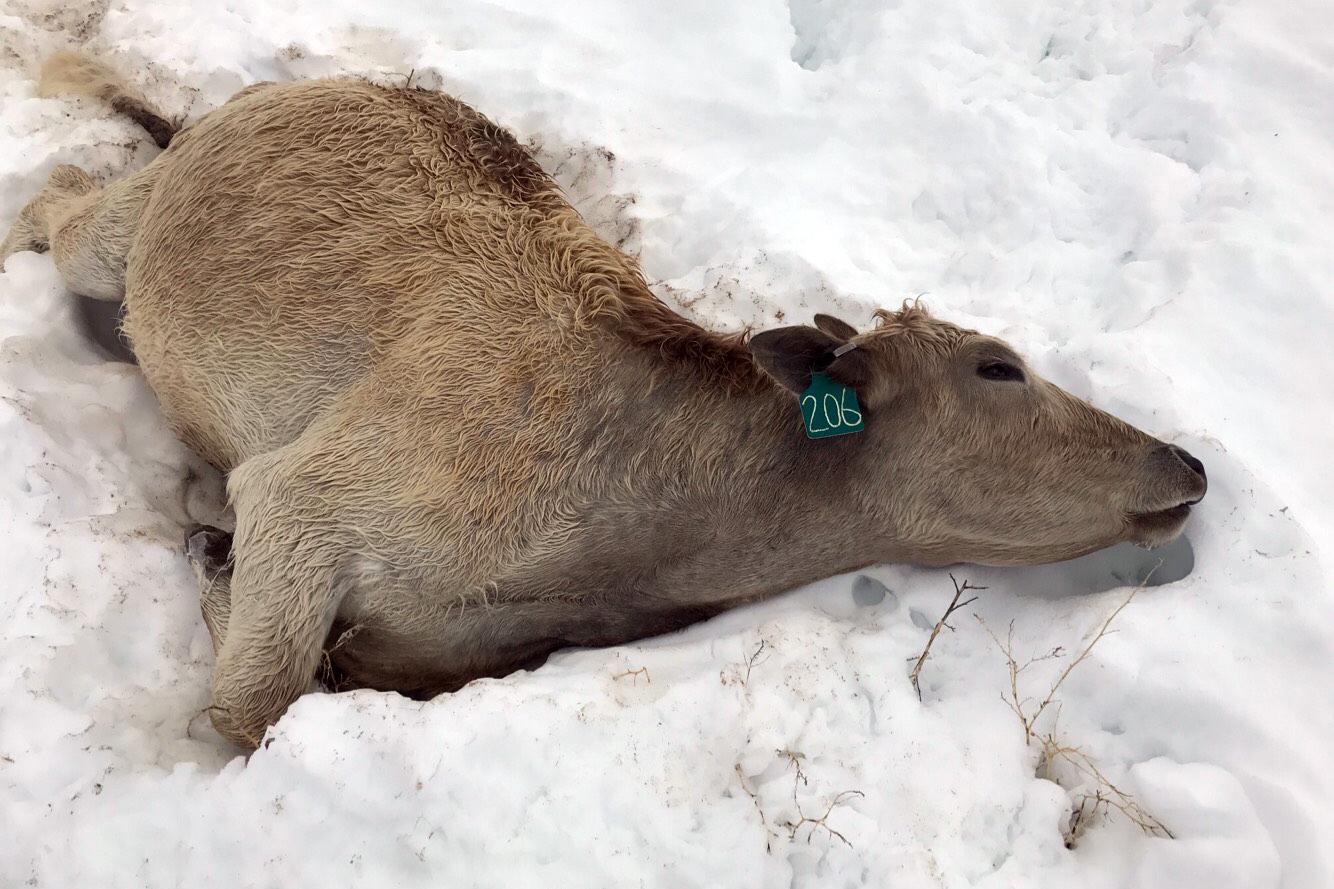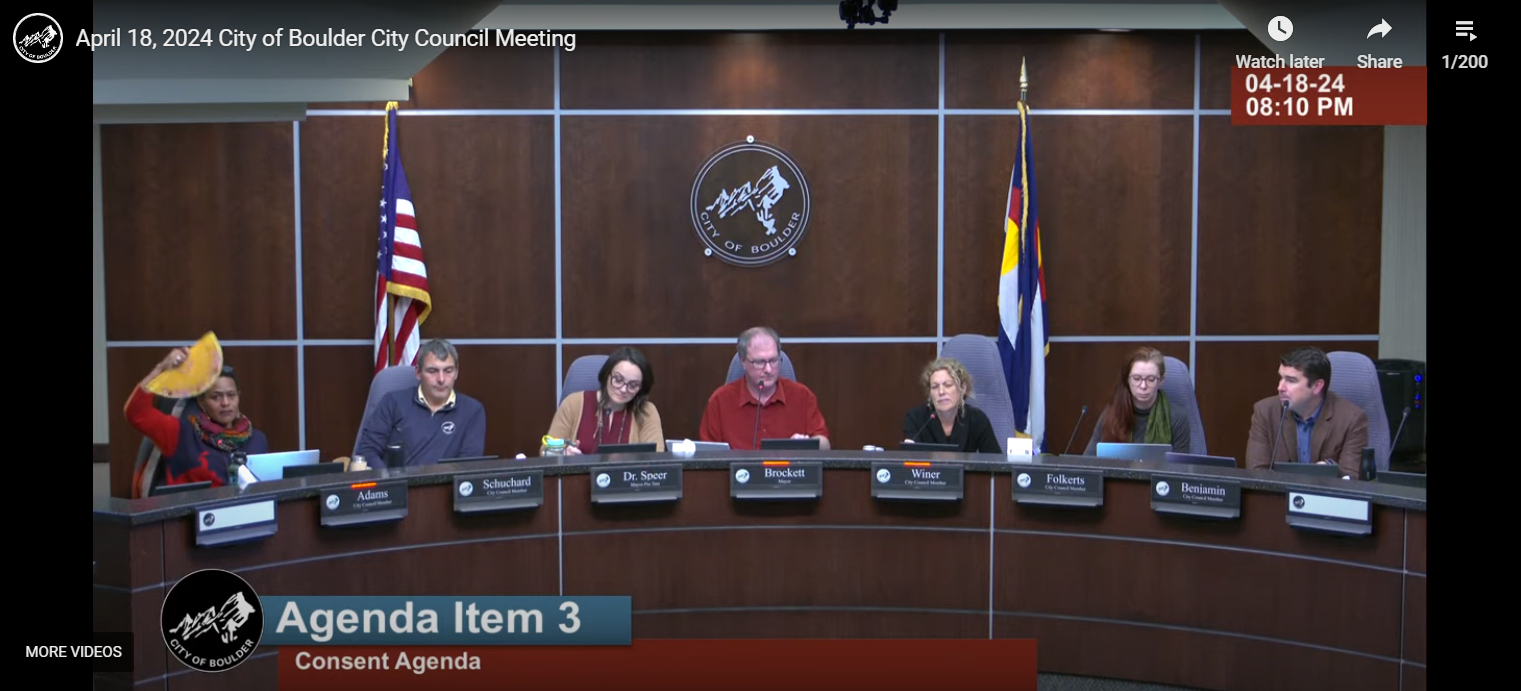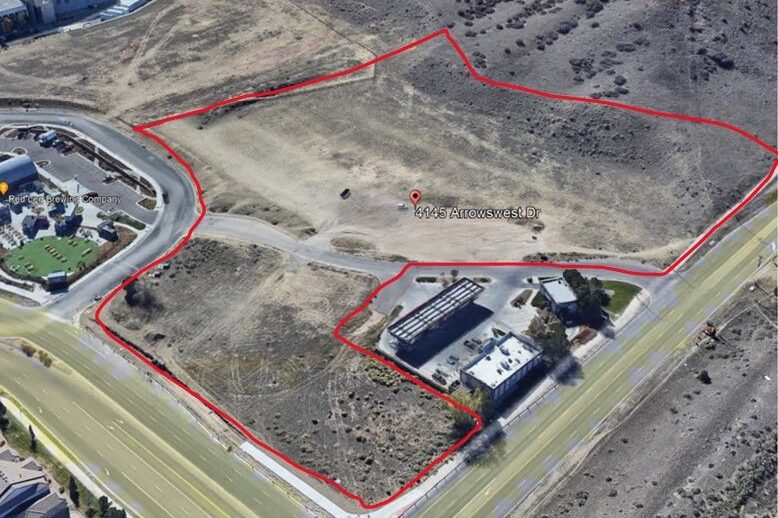
Possibly more than 10,000 cattle are dead in Southeastern Colorado after a heavy snowstorm last weekend caught ranchers by surprise. This could be the worst loss of cattle in a decade, in part because it's calving season. Here's what we've learned:
Prowers and Baca and counties were hardest hit: They got upwards of 30 inches of snow. The large snowdrifts let the cattle climb over fences and many herds scattered over a large area . The president of the Colorado Farm Bureau says ranchers can’t find many them, most likely because they’re buried under snowbanks.
It's been at least a decade since a ranching disaster like this one: In 2007 there was a winter snowstorm that hit this same part of Southeastern Colorado. It killed thousands of cows. But since it was in the winter, calves hadn’t been born yet. That’s the main difference between this loss, and the wipeout 10 years ago. Lots of young cows died this time around.
The Colorado Farm Bureau is leading damage assessment: A spokesman there says some snow has melted, exposing the bodies of cows in muddy fields. The bureau is getting photos of cattle frozen in snow-covered fields. The ranchers are taking photos to document what they’ve lost for insurance purposes.
There's a disaster relief fund: The Farm Bureau is collecting donations for a fund that was first established after the snowstorm 10 years ago. They’ve used it a few times since, for fires and the recent floods. They’ve just started collecting money, so they don’t have amounts yet.
Gov. John Hickenlooper has been asked to declare these counties disaster areas: The Farm Bureau hasn't heard back yet. The governor's office says it's still waiting on a formal request from county officials.
The losses extend beyond cattle: Baca County is the third largest wheat producer in the state. And the Farm Bureau says those crops are most likely 100-percent lost -- a devastating situation for those farmers.









